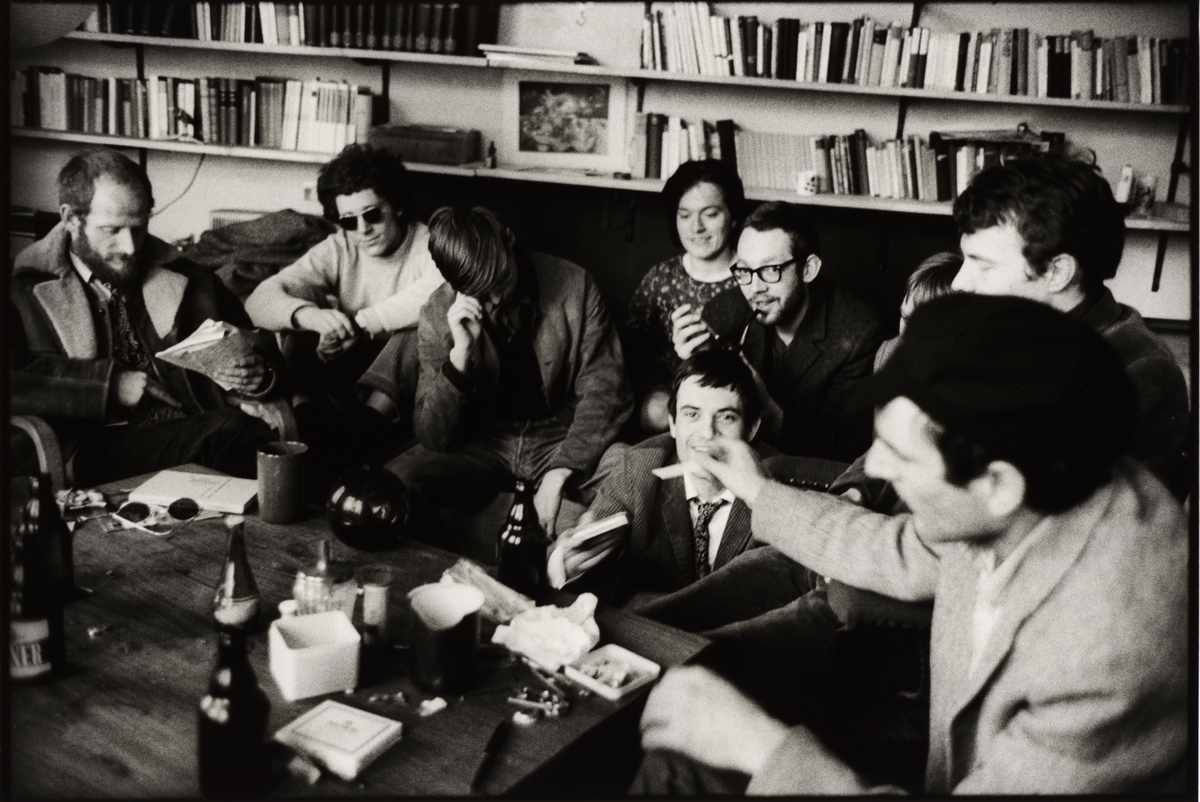Abstract
The politically motivated house-sharing community [Wohngemeinschaft] “Commune I” was founded in Berlin in January 1967. It was the first community of its kind and was originally located in writer Hans Magnus Enzensberger’s vacant apartment. The commune moved several times before disbanding in November 1969. The group’s founding members included Enzensberger’s ex-wife Dagrun, their daughter Tanaquil, his brother Ulrich (3rd from left), Dieter Kunzelmann (far left), Dorothea Ridder (4th from left), Dagmar Seehuber, Hans-Joachim Hameister, and Fritz Teufel (5th from left). Rainer Langhans (2nd from left) joined a few months later. This picture shows some of the earliest members of “Commune I” during a discussion in 1967. The commune was supposed to provide an alternative to the “bourgeois” way of life, and members dispensed with privacy, financial security, and monogamous relationships. The commune had emerged from the student movement’s extra-parliamentary opposition [außerparlamentarische Opposition or APO], yet not all APO members agreed with this radical lifestyle or the commune’s radical politics for that matter. Prominent student leader Rudi Dutschke, for example, rejected both the commune’s way of life as well as their radicalized views. Eventually, the politically motivated commune gave way to apartment shares motivated by sheer pragmatism, which increasingly became a necessity in the 1980s, when rents soared and living space grew scarce. Today, apartment shares are still common among German students.
